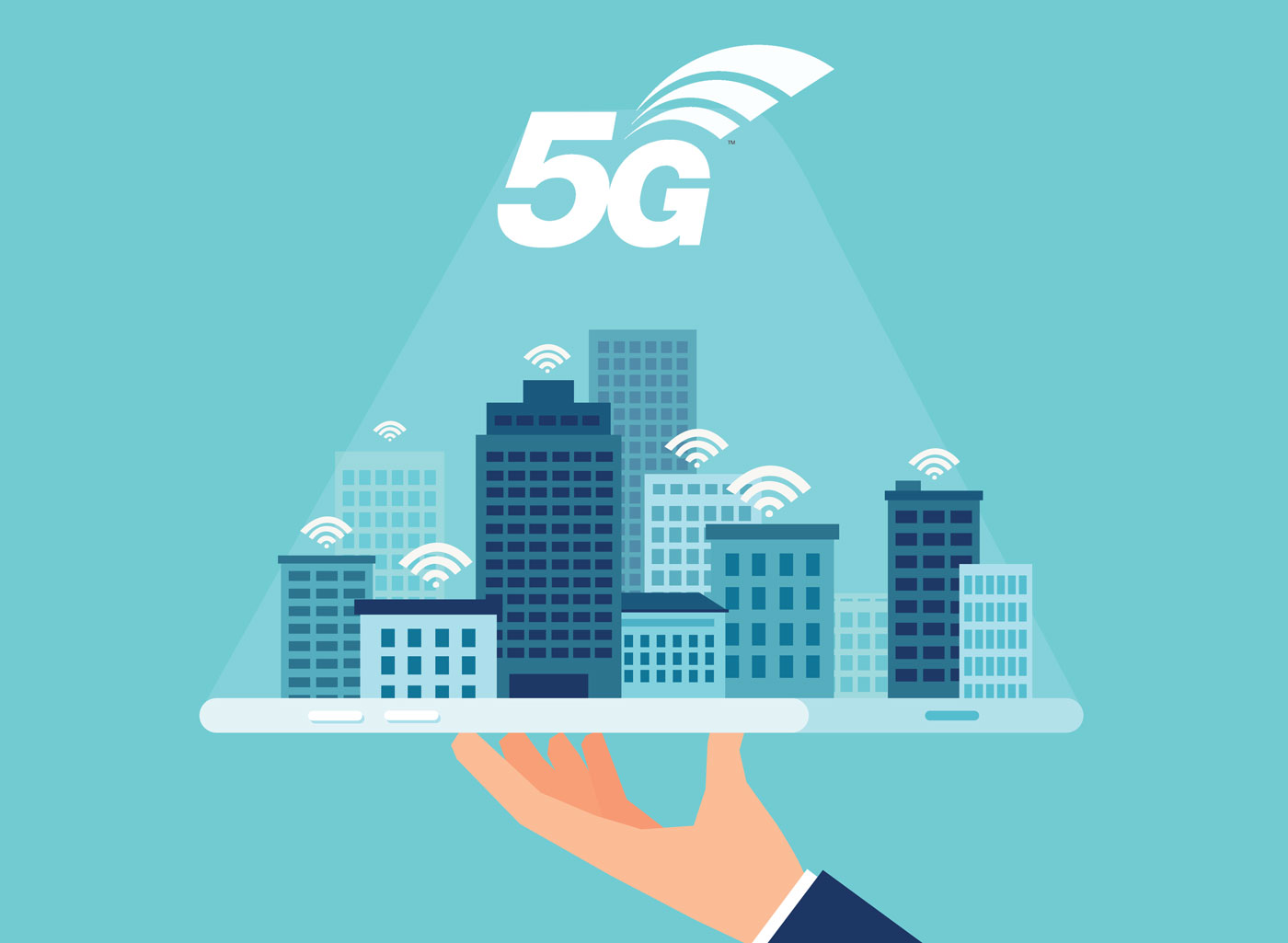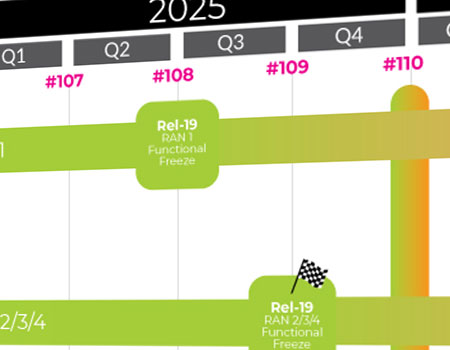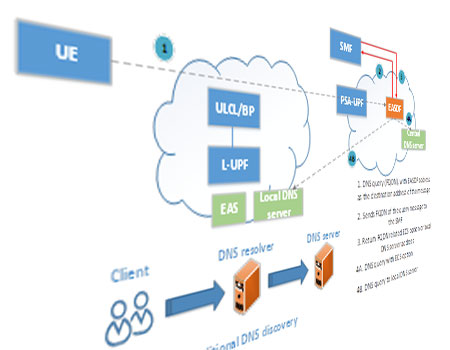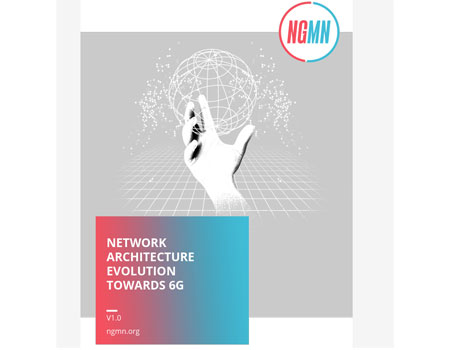By Xizeng Dai, 3GPP WG RAN4 Chair, Haijie Qiu, RAN4 Vice-chair, Andrey Chervyakov RAN4 Vice-Chair
Published in May 2022, in Highlights Issue 04
The recent TSG RAN#95-e Plenary meeting, in March 2022, finalized the RAN4 core RF and RRM requirements for most of Release-17 non-spectrum work items and approved the new Release-18 package of RAN4-led work items and study items.
3GPP TSG RAN4 is responsible for standardization of spectrum, RF (radio frequency), and receiver performance, among which the receiver performance includes requirements of RRM (radio resource management), demodulation performance and CSI (channel state information) reporting. RAN4 is playing an important role in 3GPP to identify the implementation limits to help physical layer and high layer designs and to specify the requirements to verify devices in order to guarantee that the performance in the field can meet the goal of design.
86 RAN4 led items in Rel-17
For Release 17, we have worked on 86 RAN4-led work or study items and also on the requirements for 15 work items led by RAN1 and RAN2. Among the RAN4-led items, we enhanced RF requirements for Tx switching, high power UE, transmit diversity, 1024QAM and Pi/2 BPSK for sub-6GHz bands, and uplink and downlink Carrier Aggregation on millimeter wave bands. RAN4 also enhanced the RRM and demodulation requirements. Besides, new scenarios like high speed train on millimeter wave bands were enabled.
Regarding RAN1 and RAN2-led work items, RAN4 completed or is soon going to complete RF and RRM requirements for non-terrestrial networks, UE power savings, NR sidelink enhancement, NR coverage enhancement, NR extension up to 71GHz, enhancements of IAB, reduced capability NR devices, etc.
The focus shifts to Release 18
The Release 18 package of RAN4 work and study items were approved after extensive discussions in the group and at TSG RAN level in June, September, December of 2021 and February 2022. During the discussions, the 3GPP leadership focused on keeping the RAN4 workload within reasonable limits, focusing on the most important and urgent demands in the industry – a task that called for control of the number of items and care in the scoping clear objectives. We now have a good balance between RAN4-led items and impacts of items led by other working groups, as well as a balance between long term evolutions and urgent deployment requests.
Release 18 RAN4-led items were approved to continue the performance enhancements of UE RF in FR1 (below 7 GHz), UE RF in FR2 (below 71 GHz), RRM, measurement gaps and demodulation, as shown below:
|
UE FR1 RF enhancements |
UE FR2 RF enhancements |
RRM enhancements |
Measurement gap enh |
Demodulation performance requirement enhancements |
|
|
|
|
|
In addition, more targeted work and study items were also approved for the following areas:
- Simplification of band combination specification
- Enhancement for 700/800/900MHz band combinations
- Base Station (BS) RF requirement evolution for millimeter wave multi-band BS
- Over-the-air (OTA) testing enhancement, for FR2-1 OTA testing for UEs with multi-panel reception and 4DL layer
- EMC enhancements
- Support of intra-band non-collocated E-UTRA, NR Dual Connectivity - EN-DC/NR-CA deployment
- FR2 high-speed train enhancement
- Air-to-ground (BS on the ground, CPE in the air)
- NB-IoT (Narrowband IoT)/eMTC (enhanced Machine Type Communication) core & performance requirements for Non-Terrestrial Networks
- NR support for dedicated spectrum less than 5MHz for FR1 (which was approved in RAN#94-e December 2021)
One quarter after 3GPP RAN1, RAN2 and RAN3 working groups started their 5G-Advanced work, RAN4 is also on the exciting path for 5G evolution.


 Technology
Technology




